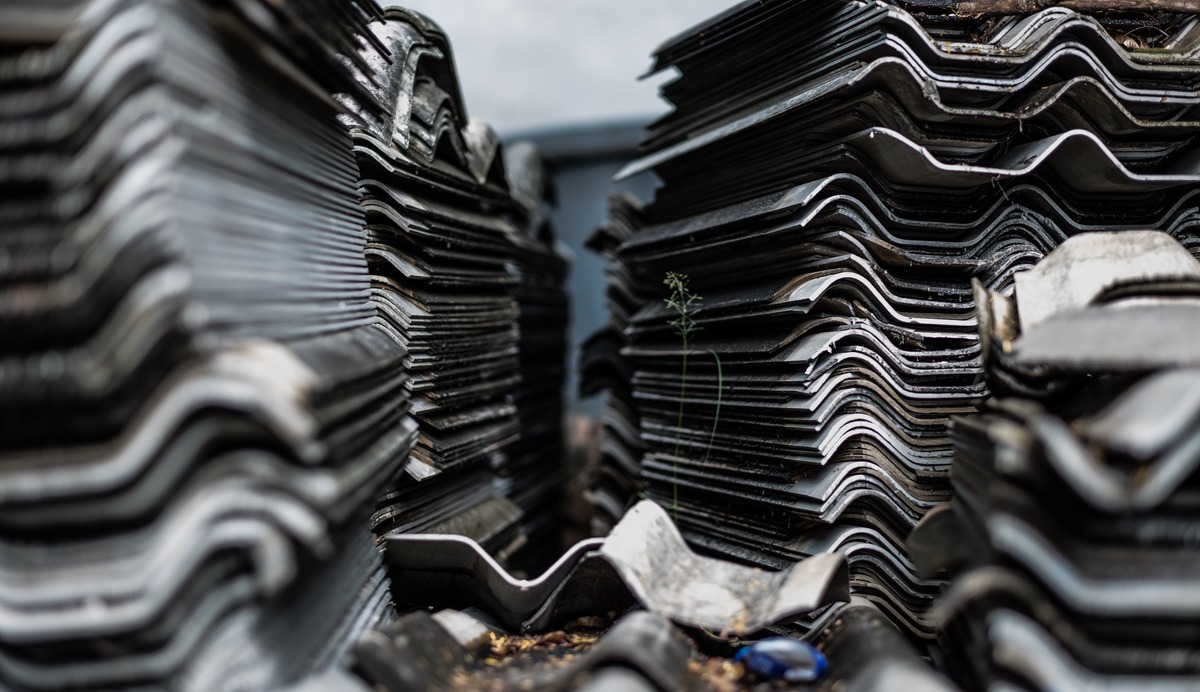Metal sheet pilings are important components in modern construction and civil engineering. These structural elements provide robust solutions for various applications, including retaining walls, waterfront structures, and soil stabilization. Made from materials like steel and aluminum, metal sheet pilings offer durability and strength, making them ideal for challenging environments. Their versatility allows for effective use in both temporary and permanent installations. As projects increasingly demand reliable support systems, the different types and installation methods of metal sheet pilings become important.
Types of Metal Sheet Pilings
Steel Sheet Pilings
Made from high-quality steel, these pilings can withstand significant lateral loads and resist corrosion in harsh environments. Their ability to provide structural support makes them ideal for retaining walls, docks, and marine applications. They can be driven into the ground using various methods, such as vibrating or impact driving, allowing for versatility in different project settings.
Aluminum Sheet Pilings
Many types of construction projects can benefit from their lower weight, which makes handling and installation easier. The inherent resistance of aluminum to corrosion increases the longevity of these pilings in coastal and marine environments. The design flexibility of aluminum sheet pilings is a major benefit. Their customizable nature enables them to be produced in various sizes and shapes to suit the demands of individual projects.
Zinc-Coated Steel
This type of steel is a popular choice for environments where enhanced corrosion resistance is necessary. The zinc coating protects the underlying steel from moisture and environmental factors, making it ideal for waterfront projects. This option provides the strength of steel while extending its lifespan in challenging conditions.
Composite Materials
These materials are another alternative that combines metals with other materials. Reduced weight and improved resistance to environmental conditions are two advantages of these composite pilings. When strength and lightweight qualities are crucial, they are frequently employed in specialized applications like marine construction.
Cor-Ten Steel
This steel is a weathering steel choice that, in time, forms a layer of protective rust. Since it reduces corrosion, this self-protective feature makes it appropriate for outdoor use. Its distinct aesthetic makes it particularly valuable for artistic and architectural projects.
Applications of Metal Sheet Pilings
Retaining Walls
These walls are designed to hold back soil and prevent erosion in areas with significant elevation changes. The strength of metal pilings allows them to withstand the lateral pressure exerted by the soil. In addition, their interlocking design enhances stability, ensuring that the wall remains secure over time. Engineers can customize the height and thickness of the pilings based on the specific requirements of the site. This adaptability makes metal sheet pilings a reliable choice for retaining wall projects in both residential and commercial settings.
Waterfront Structures
Waterfront structures, such as docks, piers, and marinas, frequently utilize metal sheet pilings. Their resistance to water and environmental elements is essential for long-lasting performance in marine settings. Steel and aluminum sheet pilings can withstand wave action, ice, and other stresses that occur in waterfront areas. Properly installed metal sheet pilings create stable foundations for structures, ensuring safety and usability. In addition, their corrosion resistance minimizes maintenance needs, reducing long-term costs.
Soil Stabilization
Soil stabilization is used to support and reinforce weak or unstable soils, preventing collapse or erosion. Metal sheet pilings are inserted into the ground to form a barrier that stabilizes the surrounding soil and prepares it for construction. Large water tables or loose soil conditions make this application especially beneficial. Because they fortify the soil, metal sheet pilings make it possible to safely construct buildings, roads, and other infrastructure. Their efficiency in stabilizing the soil lowers the risks related to ground movement and guarantees the longevity of the project.
Flood Protection
Metal sheet pilings are used to build barriers that shield infrastructure and properties from flooding in areas that are vulnerable to it. These barriers can be made to be either permanent or temporary fixes, based on the particular requirements of the region. Their installation can be tailored to match the expected flood elevation, ensuring maximum effectiveness. Additionally, metal sheet pilings can be integrated with other flood control measures, enhancing overall protection. This application is vital for safeguarding communities and minimizing damage during flood events, making metal sheet pilings a strategic choice for flood risk management.
Temporary Construction
When doing excavation or foundation work, metal sheet pilings are frequently used for bracing and shoring. They are perfect for projects that need temporary assistance because of how simple it is to install and remove them. To hold back soil while excavating foundations or installing utilities, for instance, construction sites may employ metal sheet pilings. After the permanent structures are installed, the pilings can be taken out without causing any damage to the neighborhood. Construction teams can effectively manage project timelines while maintaining safety thanks to this flexibility.
Installation Methods for Metal Sheet Pilings
Installing metal sheet pilings requires careful planning and execution to ensure stability and effectiveness. Various techniques may be used, based on the project requirements and site conditions. Using a pile driver to drive the sheets into the ground is one typical technique. Particularly in dense soil, this method is effective and enables precise placement.
Another method is vibratory installation. This approach uses vibrations to help drive the pilings into the ground more easily. It is particularly useful in sensitive areas where minimal disturbance to the surrounding soil is essential. Vibratory methods reduce noise and limit vibrations, making them suitable for urban or populated environments.
Excavation and placement is another option. In this method, a trench is dug, and the sheet pilings are placed into position. This approach is often used in areas with shallow water or when installing temporary structures. After placement, backfilling can secure the pilings, providing added support.
Maintenance and Longevity of Metal Sheet Pilings
Maintaining metal sheet pilings is essential for ensuring their long-term performance and stability. Regular inspections help identify any signs of wear or damage early on. It’s important to check for rust, corrosion, or deformation, especially in coastal or industrial environments where exposure to harsh conditions is common.
Cleaning is another important aspect of maintenance. To stop corrosion and guarantee the pilings’ proper operation, debris and buildup should be removed from the surface. The longevity and durability of metal can occasionally be improved by adding protective coatings. The coatings serve as protective shields against moisture and outside elements.
Monitoring the surrounding soil conditions is also important. Changes in the soil’s composition or water content could affect the pilings’ stability. More support might be needed if there are big changes to avoid problems.
Advantages of Using Metal Sheet Pilings
Strength and Durability
One of the primary benefits of metal sheet pilings is their strength. Made from robust materials like steel and aluminum, these pilings can withstand significant loads and resist deformation over time. Their durability is essential in construction, especially in projects that involve lateral forces from soil or water.
Versatility in Various Environments
Due to their versatility, they can be used for a variety of construction applications, including soil stabilization and waterfront structures. Both urban and rural settings can effectively utilize them because they can be installed in a variety of soil types and conditions. This versatility extends to their design, as metal sheet pilings can be customized in terms of shape and thickness to meet specific project requirements.
Performance Under Load and Water Pressure
Another advantage of metal sheet pilings is their ability to perform effectively under load and water pressure. In applications like retaining walls and docks, the pilings must resist significant forces. Metal sheet pilings are engineered to handle these stresses, ensuring that structures remain safe and functional. This characteristic is particularly important in marine environments, where wave action and water levels can fluctuate.
Key Takeaway
Metal sheet pilings are essential components in various construction and engineering projects. Their strength and durability make them suitable for demanding applications like retaining walls, waterfront structures, and soil stabilization. Options such as steel and aluminum provide flexibility based on project needs, while innovative installation methods ensure effective use in diverse environments.
Maintenance is vital for prolonging the lifespan and performance of metal sheet pilings. Regular inspections and cleaning can help prevent issues and ensure stability. Key considerations, including site conditions, project requirements, and installation methods, guide the selection process.
The advantages and applications of metal sheet pilings allow construction professionals to make informed decisions. This knowledge leads to successful project outcomes and enhances the overall reliability of structures.




